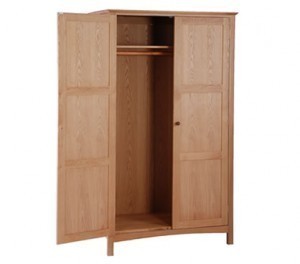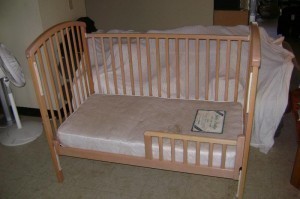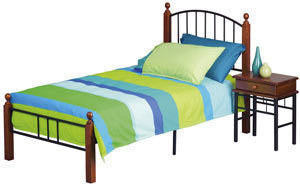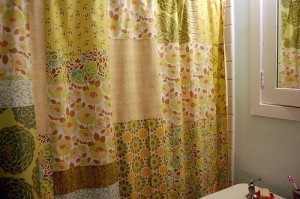Wardrobe Sizes
A wardrobe is a closet utilized for storing clothes.  The wardrobe is known as armoire in French. In some countries the term wardrobe refers to the clothes and not the container.
The wardrobe is known as armoire in French. In some countries the term wardrobe refers to the clothes and not the container.
Wardrobe Dimensions
The size depends on the number of doors and drawers, not to mention the design concept of the manufacturer. The Hood 3-door 2 drawer wardrobe measures 36 In (W) x 21 In (D) x 72 In (H). It is made of pressed wood and is also set in beech and mahogany.
The Rubbermaid 3B2803BLTN wardrobe is 60 inches high. It is designed for coats, jackets and other apparel. Because it is compact, the closet can be used in rooms with limited space. The wardrobe has a breathable canvas. It sports a transparent canvas at the top front, allowing you to see the contents.
There are other wardrobe dimensions used. The Honey-Can-Do WRD-01274 wardrobe is 43 inches wide while the Elite wardrobe is 32 inches wide.
Evolution of the Wardrobe
Originally the wardrobe was a chest. Eventually the wardrobe came to mean a wall space containing lockers and drawers. It was from these that the contemporary wardrobe with its shelves evolved.
In America, the wardrobe can be dated back to the 17th century. These were imported to America from England. During those times the wardrobe was sometimes called an Oakley. Eventually the walnut would take the place of oak in wardrobe manufacturing.
By the 1800s, some wardrobe with sliding trays began appearing. By this time various wardrobe dimensions were being used.
Old Sizing Conventions
During those times the eight small men method was used to size a wardrobe. An adequate wardrobe was one that could fit in eight small men. Around the 18th century the tallboy was widely used for clothe storage.
19th Century Wardrobes
By the 19th century, the wardrobe began assuming the form we know today. The hanging cupboard on both sides started appearing. Drawers below started to appear and so did the press at the upper part of the middle portion. Many of the wardrobes were being made from mahogany.
Along with the increase in quantity was the elaboration in the design. Contrasting and polished wood started appearing as well.
Originally, the central doors just enclosed the upper portion.
But they were eventually set to the floor and covered the shelves and drawers. These would be fitted with mirrors and the other elements found in wardrobes today.
Other Information
Today, wardrobes are made from different materials. Some are made from plastic and designed to be compact. These types of wardrobe are ideal for those with limited space.
Keep in mind that some of these products require some assembly. Note also that some of the plastic wardrobes are not meant for heavy clothing. You should read some reviews before deciding what to buy.
Finally, the wardrobe dimensions have to be assessed before making any purchase. Think of the kind of clothes you want to put there and for the future. If space allows, get as a big a wardrobe as possible.





